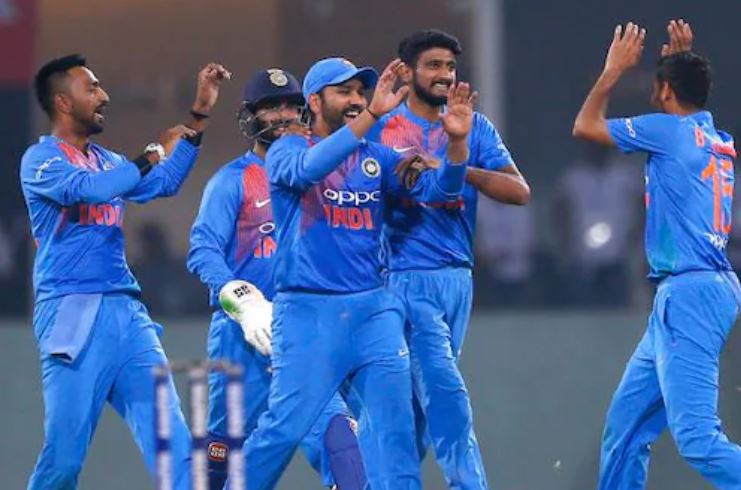Embracing Limited-Overs Cricket: A Gradual Transformation
India’s relationship with limited-overs cricket has been a fascinating journey, marked by a gradual shift from initial reluctance to enthusiastic embrace. The country’s cricketers and administrators, often hesitant towards new developments, initially approached ODIs and T20s with caution. However, two defining moments – the 1983 World Cup triumph and the 2007 World T20 victory – catalyzed a profound transformation in India’s attitude and standing in these formats.
From Spin Dominance to All-Round Prowess
In the early days of ODIs, India was predominantly known for its spin prowess, with the legendary spin quartet of Bedi, Prasanna, Chandrasekhar, and Venkataraghavan weaving their magic on the field. Seamers played a secondary role, primarily tasked with preparing the pitch for the spinners to exploit. However, the 1983 World Cup win under Kapil Dev’s leadership marked a turning point, showcasing India’s ability to excel in all facets of the game.
Kapil Dev’s Heroics: A Watershed Moment
Kapil Dev’s unbeaten 175 against Zimbabwe in the 1983 World Cup stands as an iconic moment in Indian cricket history. This innings, though not televised due to a strike, has acquired a mythical status, symbolizing the belief that no match is lost until the last ball is bowled. It instilled a newfound confidence in Indian cricketers, inspiring generations to come.
The Rise of Limited-Overs Legends
Following the 1983 World Cup triumph, India consistently produced a string of limited-overs legends who captivated audiences with their extraordinary skills and unwavering determination. Players like Sachin Tendulkar, Anil Kumble, M.S. Dhoni, Zaheer Khan, Yuvraj Singh, Virat Kohli, Rohit Sharma, and Jasprit Bumrah, among others, became household names, each leaving an indelible mark on the shorter formats.
The T20 Revolution: From Skepticism to Unbridled Enthusiasm
Initially, India’s cricketing fraternity viewed the T20 format with skepticism. However, the 2007 World T20 victory under Dhoni’s captaincy ignited a nationwide fervor for the game. The subsequent launch of the Indian Premier League (IPL) in 2008 further revolutionized the cricketing landscape, solidifying India’s love affair with T20 cricket.
A Multi-Faceted Cricketing Powerhouse
Today, India boasts a formidable cricketing ecosystem, capable of fielding multiple competitive teams across formats. The IPL has not only nurtured young talent but also instilled confidence and fearlessness in players, enabling them to thrive on the international stage. This newfound self-belief extends to the women’s team as well, who now approach matches with the conviction of emerging victorious.
Conclusion
India’s evolution in limited-overs cricket is a testament to the nation’s adaptability and passion for the sport. From initial apprehensions to wholeheartedly embracing the shorter formats, India has become a global powerhouse, consistently challenging top teams and producing world-class players. The journey is a testament to the power of perseverance, self-belief, and the ability to adapt to changing times.

Roshan Kumar Sahoo is a multifaceted journalist with expertise in entertainment-related news, sports , tech, and international relations. His ability to navigate these diverse fields allows him to provide readers with a rich blend of content, from the latest entertainment buzz to cutting-edge sports technology and insightful analysis of global affairs. Roshan’s writing is characterized by its depth, accuracy, and engaging style, making him a trusted voice across multiple domains.



